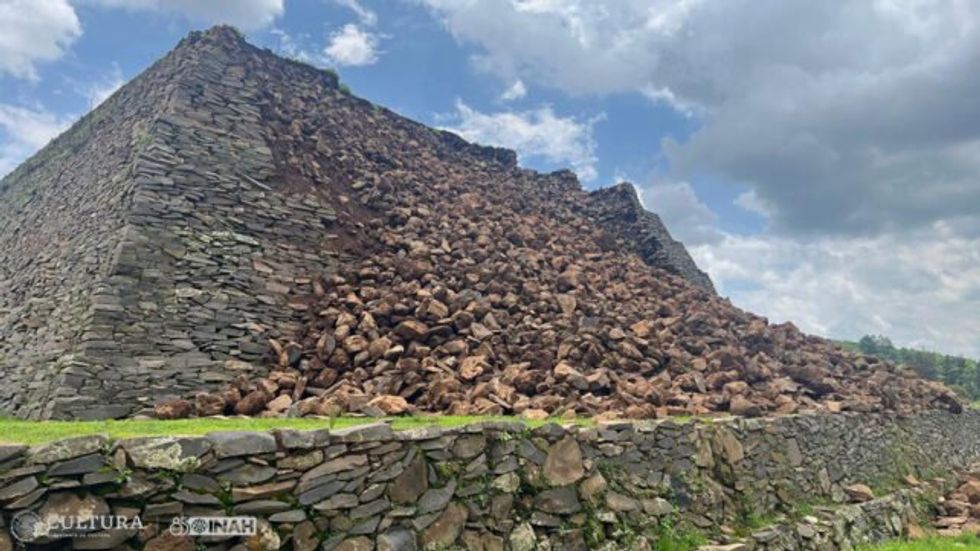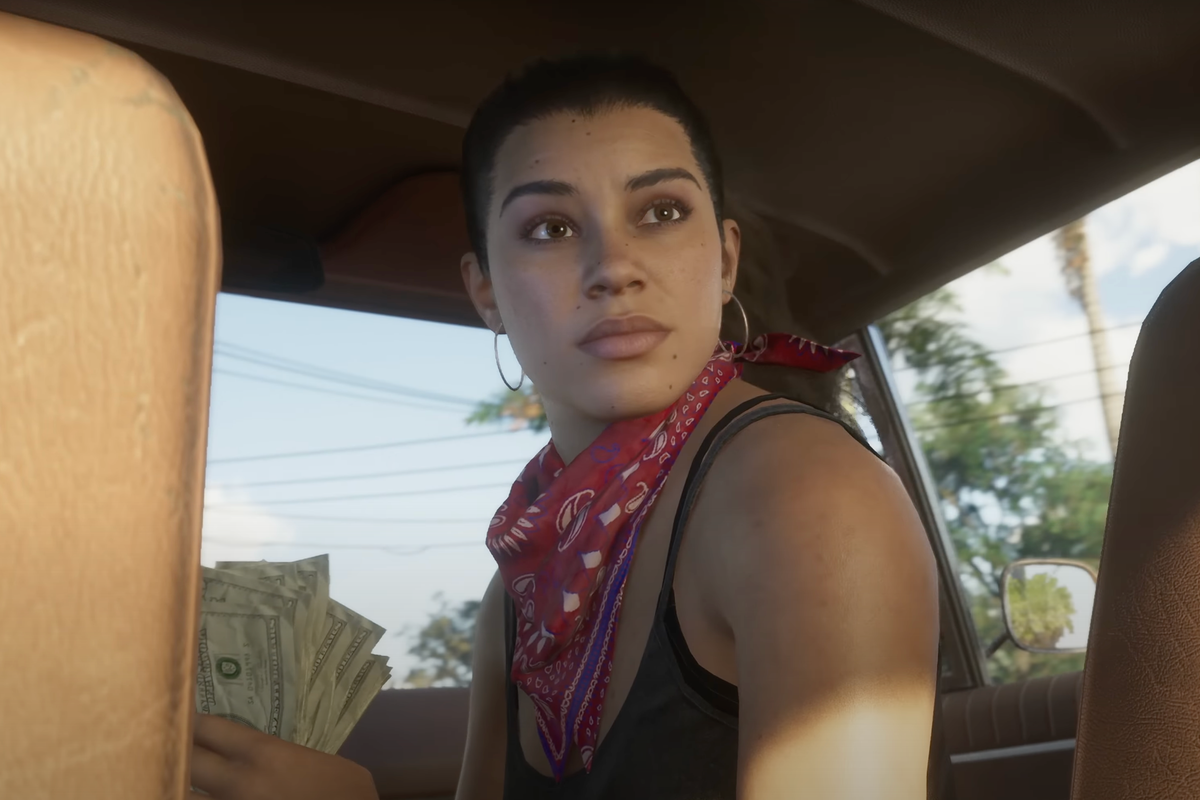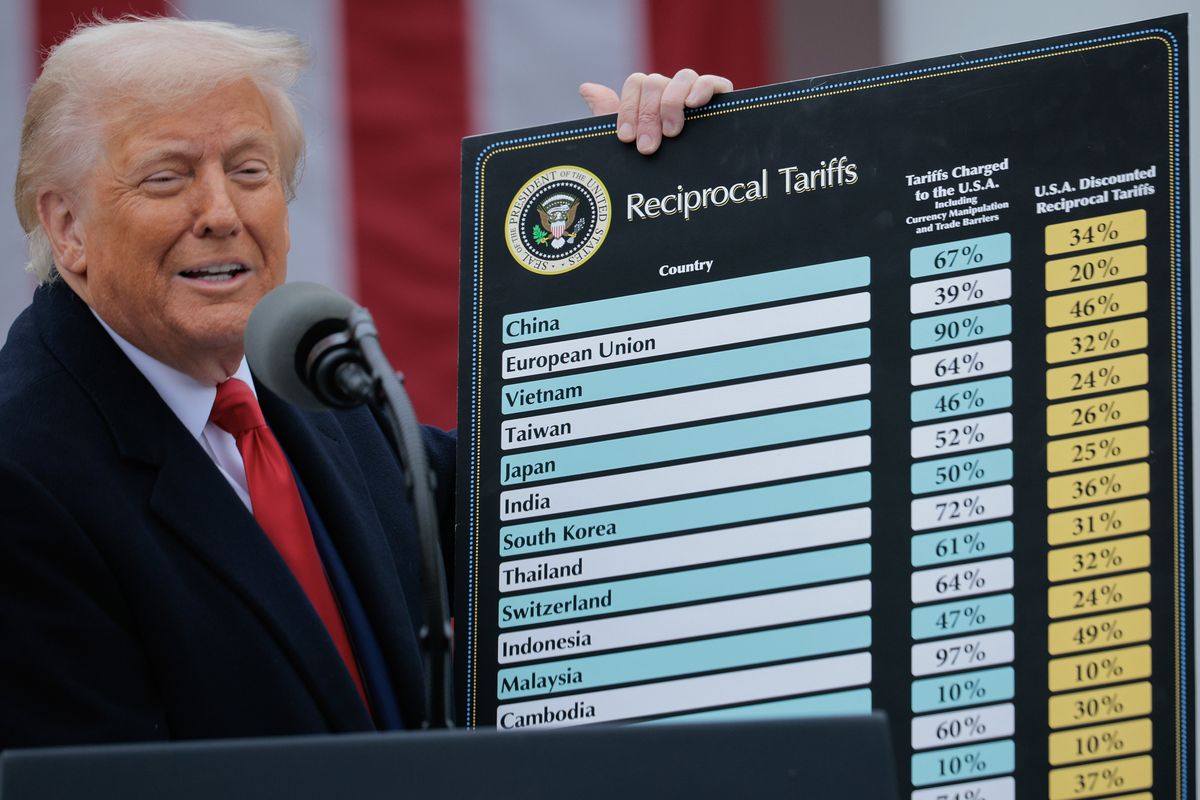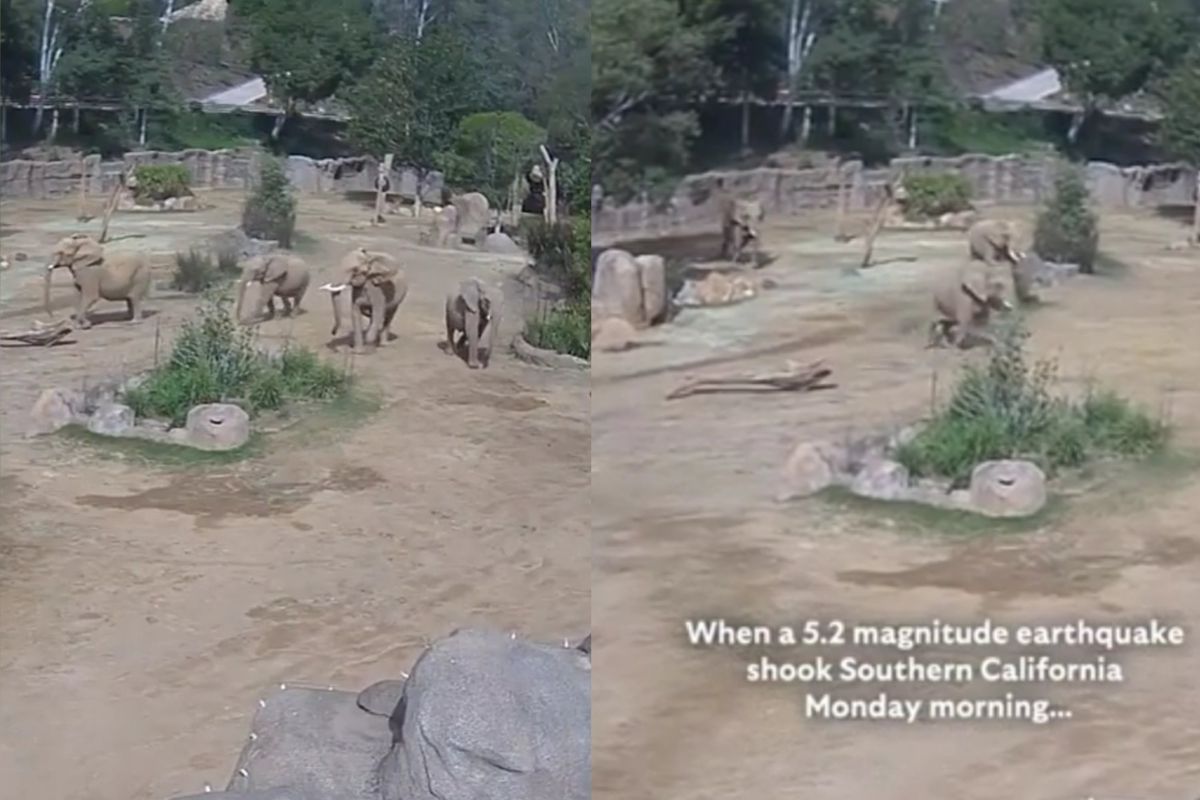Science & Tech
Were the Pyramids Built in Many Different Layers?
Bright Side - Vertical / VideoElephant
A 1,100-year-old pyramid in Mexico collapsed due to damage caused by heavy rainfall that came after by a prolonged drought.
Located in the Ihuatzio archaelogical site in Michoacán, the pyramid, a major monument of the Purépecha civilisation, crumbled on 29 July, 2024. This historical zone is remarkably preserved and also contains one other pyramid, a tower or fortress, and tombs.
The stone pyramid measured 15 metres and on the night of the collapse, its south wall was reduced to a pile of rubble. The pyramid had survived for centuries and was once one of the best-preserved monuments of the region’s history.

Extreme weather was blamed for the collapse. In July last year, Mexico was hit with heavy rainfall and thunderstorms. This followed the worst drought the nation had experienced in 30 years.
"The high temperatures previously recorded in the area and the resulting drought caused cracks that favoured the filtration of water into the interior of the pre-Hispanic building," Mexico's National Institute of Anthropology and History (INAH) said in a translated statement about the crumbling pyramid.

A descendent of the Purépecha tribe said his ancestors would have interpreted the collapse of the pyramid as a “bad omen”.
Tariakuiri Alvarez said in a Facebook post that something similar happened prior to the arrival of foreign conquerors in Mexico.
Climate change, caused by humans, is leading to extreme weather and rising seas. Officials are now working to repair the structure of the building, “in favour of the cultural heritage of Mexicans.”
You should also read:
- 'World’s oldest pyramid' built 25,000 years ago was not made by humans, archaeologists claim
- Space discovery shows that the pyramids were built using ingenious method
How to join the indy100's free WhatsApp channel
Sign up to our free indy100 weekly newsletter
Have your say in our news democracy. Click the upvote icon at the top of the page to help raise this article through the indy100 rankings.
Top 100
The Conversation (0)














